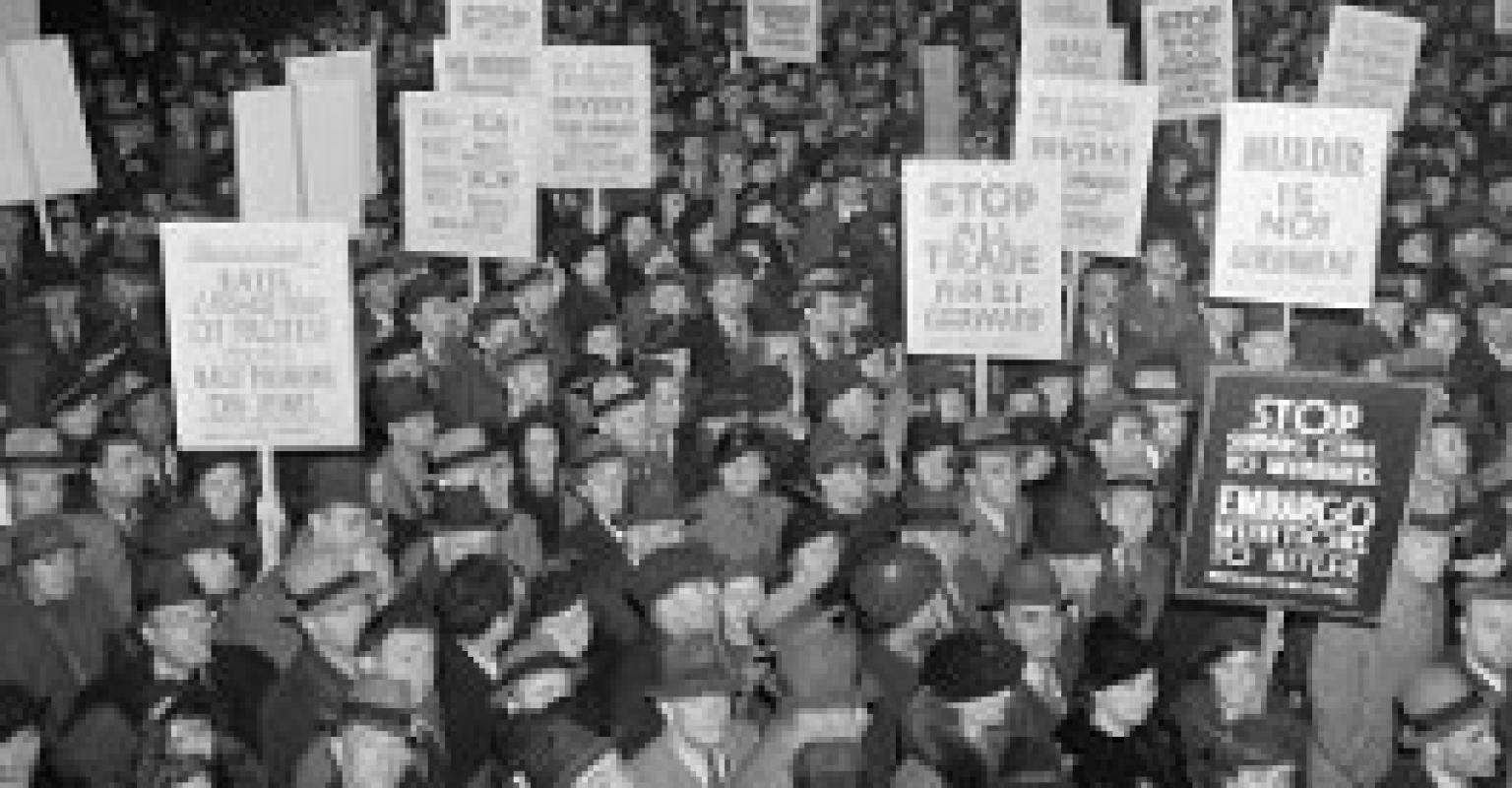Jewish Theological Dilemmas After the Holocaust
25
71
Lesson
Students will reflect on the complexities and range of responses with regard to questions of faith and remaining Jewish after the Holocaust.
Show more
View Resources:
Partner Content
Topic
- Holocaust
- Grief and Death
- History
- Creativity and the Arts
Setting
- After School and Beyond
- Congregational Learning
- Day Schools and Yeshivas
- Teen Engagement
- Camp
Discover more

Excerpts from the book and a lesson plan in response to the poem written by a child in Theresienstadt.
610
2

Curriculum for exploring the motives, pressures, and fears that shaped Americans’ responses to Nazism and the resulting refugee crisis.
43
1

United Methodist Pastor Kenda Dean shares inspires her passion for what she calls the privilege of connecting with young people.
161
0
